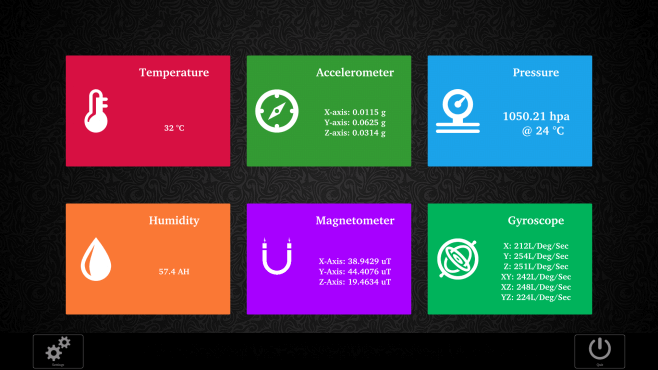This article will guide you why Qt is preferred for HMI development.
What are the common requirements put forward by customers while designing a HMI ?
-
Outstanding user experience (UX)
-
Faster time to market
-
Internationalization Support
Lets dive in and check what Qt provides us with to meet the above mentioned customer requirements.
![]() Outstanding user experience (UX)
Outstanding user experience (UX)
Requirement specifications for HMIs have become pretty demanding and modern these days.
People are used to “Rich Graphics“, “Intuitive Buttons, controls“, “Captivating Animations“, etc. in the products they use on a daily basis.
Take the phone for example. Not long back, we had simple physical buttons and practically no display on fixed line phones. But now the user interface on the latest iPhone or Android is a complete contrast.
So expectations of HMI have gone up too.
For implementing a good user interaction design with rich graphics support, Qt supports QML.
QML is a lightweight declarative language built on top Qt. QML allows a pair of a UI designer and an application developer to develop a GUI very quickly. The design gets implemented almost instantly and can be tried immediately on the target board. We can even ask some users to try out a feature. Based on the users’ feedback, the GUI can be changed on the spot. QML makes it easy and quick to turn a great design into a great HMI.
QtCreator – an IDE for developing software with QML, Qt and C++ that includes a designer for QML. So, it supports the work of both the UI designer and the application developer.
![]() Faster time to market
Faster time to market
Qt SDK provides APIs for multimedia, network, connectivity, navigation, etc. These APIs make it easy for the application developers to implement the HMI which allow us to bring our products to market faster.
Using QML, the design gets implemented instantly and can be tried out immediately on the target hardware. Changes can also be done on the spot based on the users feedback. Knowing early what works and seeing alternatives allow us to bring our products to market faster.
Qt creator allows the developers to work on their PCs and then try out their work on the actual hardware – right from the beginning of the project which again allow us to bring our product to market faster.
Since Qt can run on multiple platforms, it also saves us a lot of development time and allows us to bring our products to the market faster.
![]() Internationalization Support
Internationalization Support
A common requirement from most of our customers is that the HMI needs to support multiple languages. Most people feel more comfortable using applications in their native language for which we need to localize the software to the languages spoken by the users. Qt makes this easy by providing tools for localizing C++ and Qt Quick apps into local languages.
![]() Conclusion
Conclusion
We strongly support Qt for its merits to design HMI on our embedded platforms.
Are you looking to develop one such HMI using QML ? Then, the e-con Systems™ eSOMiMX6 based Ankaa kit might be a good solution for you.
Please visit our developer website to download various articles and sample programs on Qt.
For further assistance and queries please get in touch with sales@e-consystems.com
